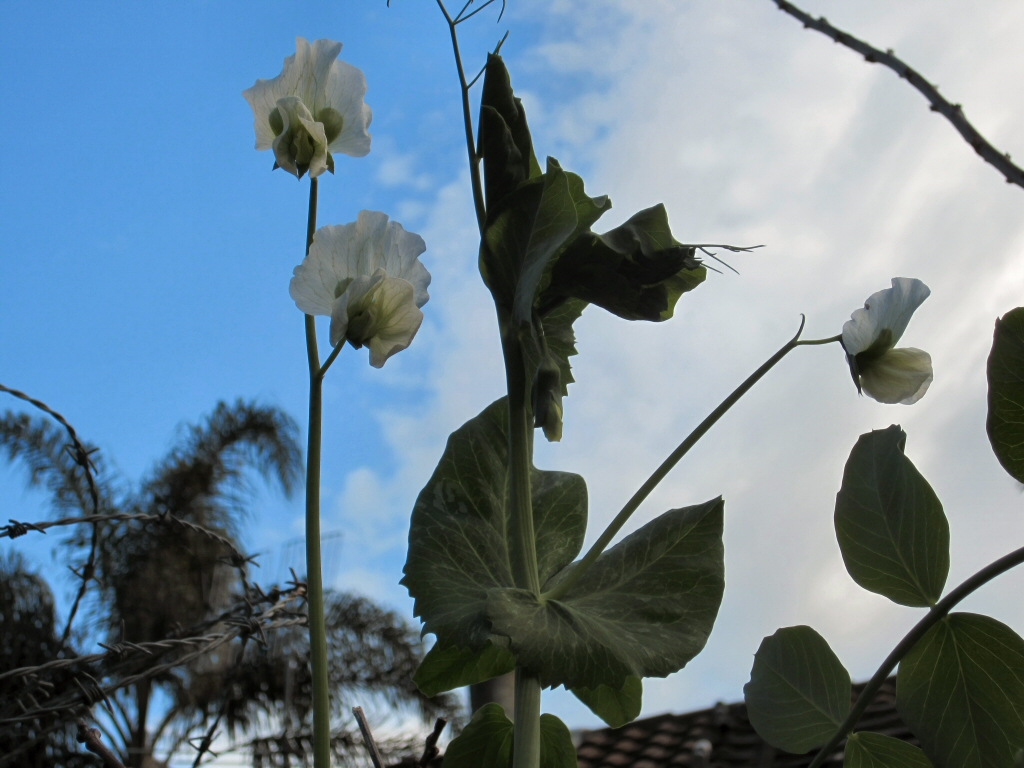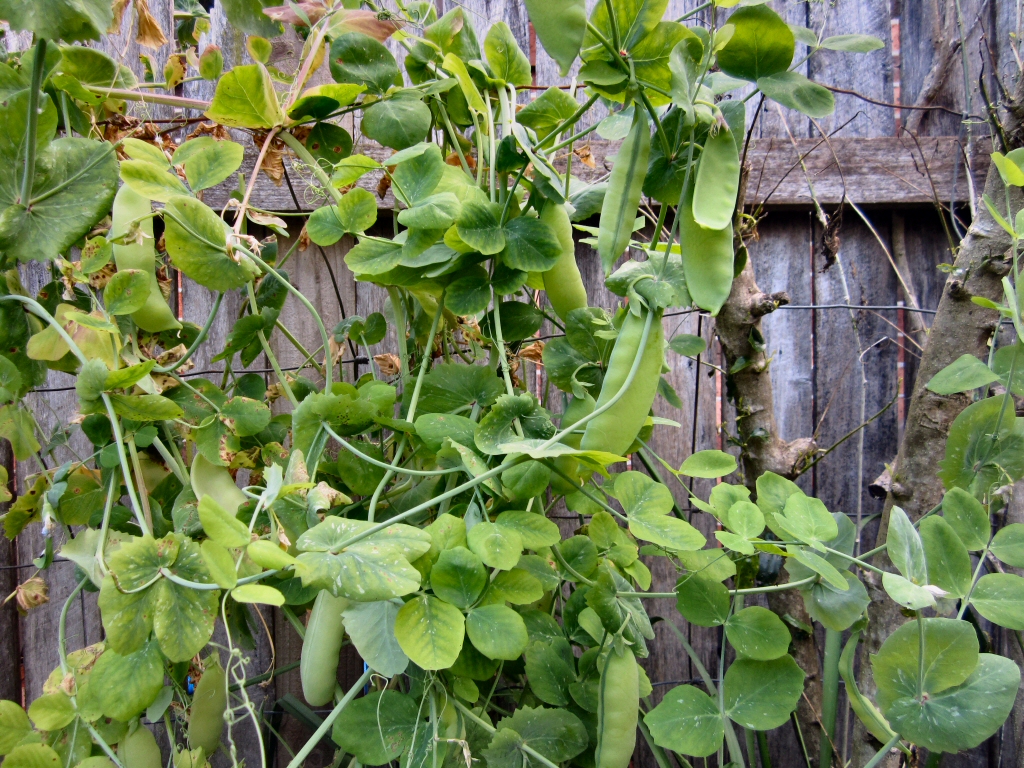How do I grow peas?
Growing your own peas will convert you to this ultimate in fast foods, as you will be hooked from the first time you munch on a snow pea pod picked straight from your own garden. Gardeners have been enjoying the delights of fresh peas for thousands of years, as they are one of the oldest of all vegetable crops, having been grown at least as far back as ancient Egypt. And it is easy to see why when the versatility of this remarkable member of the legume family is realised. Peas are easy to grow, can be eaten straight from the bush, are a mainstay of many traditional English recipes and last but by no means least, newer varieties such as sugar snap peas lend themselves perfectly to healthy stir-fry cookery.
Peas are also often referred to as legumes as they belong to a large group of plants that bear their seed in pods that split down both sides when they are ripe. This family has an important advantage in that the roots are able to absorb nitrogen gas from the air and use it as a source of nutrient, meaning that they are able to grow in nutrient-poor soils that would severely limit plants from most other families. Other legumes include French beans, soybeans, and broad beans with the whole group providing a wonderful source of low calorie protein couple with plenty of valuable fibre.
Pea varieties can firstly be separated on the basis of those with edible pods such as snow and snap peas and those that are grown for the fleshy seeds whose pods must be removed or shucked, with these varieties often referred to as English or garden peas. A second distinction can be made between varieties that grow as vines and those that are dwarf (bush) types.
Growing notes for peas
Peas are a cool season plant that can be grown through winter in the warmer parts of Australia such as coastal NSW and Queensland. In colder areas such as Canberra it is best to delay sowing them to either late winter or early spring so that you can avoid the danger of frost damage to the flowers and developing pods.
Peas are one of the easiest of all vegetables to propagate and grow, giving rather rapid gratification. While they will grow satisfactorily in most garden soils, if drainage is poor then mounding the soil will give better results. If you are a particularly time-poor gardener, ready to plant pea seedlings are available in punnets from your local garden centre. However, it must be said that planting from seed will usually give a better result, as they are large, easy to handle and usually germinate within a week of planting. Sow the seeds 2-3 cm deep and 5cm apart within the row. Dwarf varieties can be grown in rows about 50cm apart while climbing types need a metre between rows and a trellis at least a metre and a half tall.
Whatever variety you choose to grow it is important to harvest the pods every 2 or 3 days as this stimulates much greater production and keeps the produce tender and succulent. A layer of well-rotted animal manure several centimetres thick can be worked into the soil or mulched around the base of the plant to provide all the nutrients required. Inorganic fertilisers that do not have excessive levels of nitrogen (no more than 5% nitrogen is necessary) will also give a good result; simply follow the recommendations on the label.
An even level of moisture is required to give a constant supply of pods once the plants start to mature. A good insurance policy is to mulch around the base of the plants to conserve any water that is applied. Supplementary watering is highly desirable in hotter weather. Having said this it is important to try and keep the foliage as dry as possible to try and prevent the number one enemy of peas, which is the fungal disease, powdery mildew. This fungus creates a cottony film on the leaves and stems that can be controlled with fungicides but is better dealt with through preventative measures such as avoiding having the leaves wetted during warm, humid weather and removal of infected foliage as it appears.
Peas grown for their pods
Snap peas tend to have short pods around 5cm long. Varieties include ‘Sugarpod’, a dwarf variety that has particularly sweet pods and ‘Sugarsnap’, a climbing type that bears pods over a long period. Snow peas are characteristically longer than snap peas, roughly 8-10cm in length. ‘Snow Pea’ is the most commonly available variety, being a climbing type that matures rapidly (you can start to harvest in about 10-12 weeks) while ‘Bikini’ is a dwarf type.
Snow peas are one of the most satisfying vegetables to grow even in small spaces and are ideal as a plant for balconies and courtyards as they could and should be harvested every couple of days. As well as the pods you can also harvest the tender young shoots for salads and stir fried meals. They can be grown just as well in a pot as they can in the ground just as long as they have a support to climb on to. A tripod made of tomato stakes will happily suffice in a large container planting. The seeds are sown straight into their final position and will find their own way onto the support. A handful of a complete slow release fertilizer will see them through to the end of their fruiting period in spring. The most likely problem to be encountered is a white fungus that attacks the leaves and pods called powdery mildew. It can usually be controlled by spraying the plants with one part milk that has been diluted with nine parts of water. Snow peas are best harvested before the seed starts to swell in the pod and should be picked every few days to keep the plants at their maximum productivity.
Garden pea varieties
‘Bounty’ is a vigorous, early-maturing (7-10 weeks) dwarf variety producing large pods of shelling peas. ‘Greenfeast’ is another readily available dwarf type that matures somewhat later than ‘Bounty’. ‘Telephone’ is a popular climbing type that produces pods over an extended period. ‘Willow’ is another reliable climbing variety that bears well filled pods.


